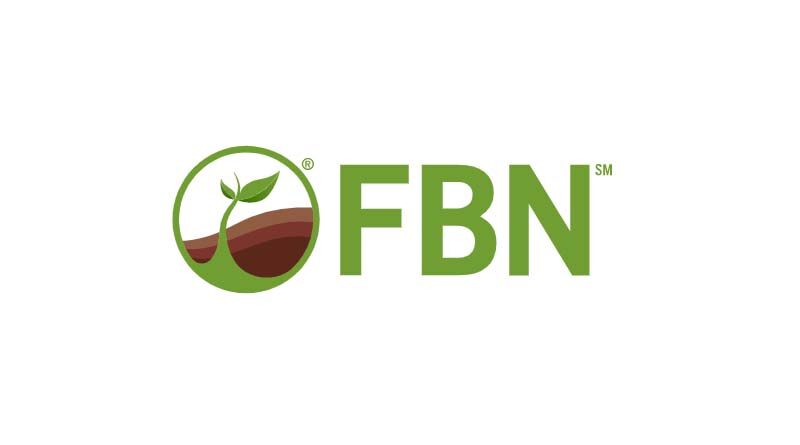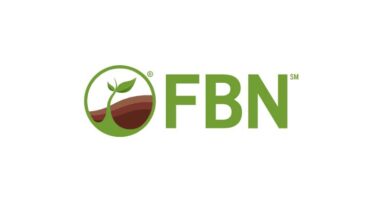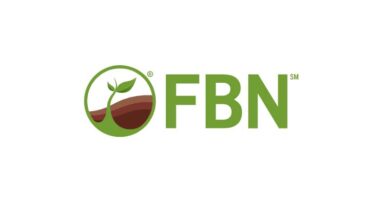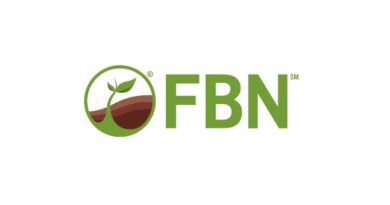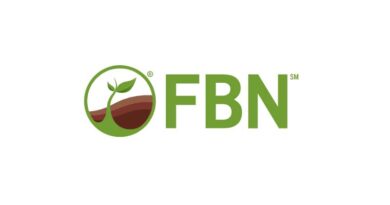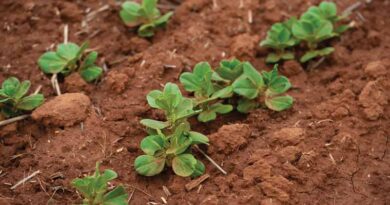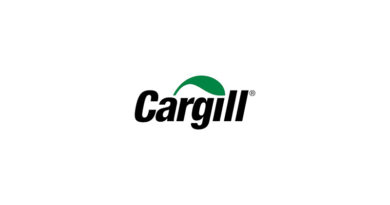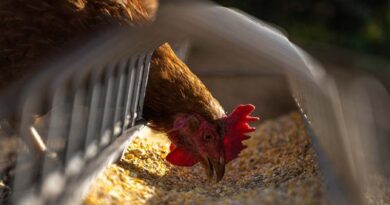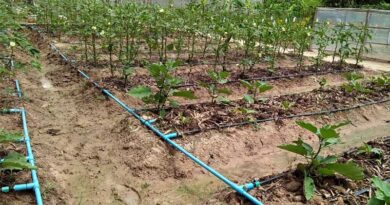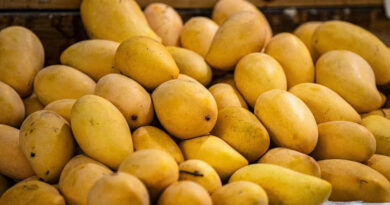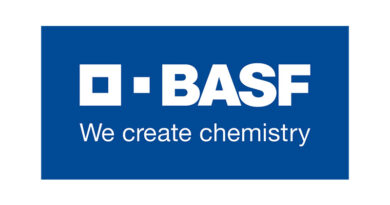5 Ways Canadian Farmers Can Get the Most Out of Traited Canola with Non-Selective Herbicides
25 May 2022, Canada: Optimizing your chemistry program to help maximize yield potential is important and there are many ways growers can do so. Factoring in that canola seed is expensive, maximizing yield is always a high priority.
Also Read: Coromandel International strengthens its portfolio in crop protection by launching 5 new products
Here are 5 ways to get the most out of traited canola with non-selective herbicides:
1. Proper application timing and label rate
Select the proper labeled rate for the weeds present and their staging. Spray early when weeds are still small enough for good control. Consider a second in crop application if weed pressure is still high after the first application, or a second flush of weeds occurs.
2. Use a surfactant
Using a surfactant provides many values such as:
- Spraying efficacy
- Drift reduction
- Water conditioning
- Anti foaming
FBN® has several Utility Modifiers in our portfolio such as ACCU-SRAYⓇ and Stick N Stay® that enhance the performance of Smoke® 540 Glyphosate and Advantage Glufosinate Ammonium 150.
3. Importance of multiple modes of action and mixing order
Utilizing multiple modes of action is a good stewardship practice to help delay the development of herbicide resistant weeds. FBN offers Canola Acre packs containing a combination of glufosinate and FBN Clethodim 240, which takes the guesswork out of tank mixing two different products. You can also enhance weed control by tank mixing and applying multiple products from different herbicide groups. The sequence of tank mixing herbicides is another factor to consider when combining products.
Tank mixing order can impact the product suspension and is often a factor that can impact clogging or plugging spray nozzles.
Here are two examples of different mixing orders you could utilize:
- Mix a surfactant in FBN Clethodim 240, followed by Smoke 540 Glyphosate, and finally FBN Clethodim 240,
- Mix CLEVER(R) Dry Flowable Herbicide, surfactant, glufosinate ammonium, FBN Clethodim 240.
4. Insect Control
High flea beetle pressure can have large impacts upon yield. When a seed treatment is not controlling 25% feeding damage,FBN has two very effective options to control flea beetles: FBN Deltamethrin EC Insecticide and Sharda Labamba Insecticide.
5. Chemistry Rotation
Considering the annual chemistry rotation is another tool growers can use to improve weed control throughout the season.

